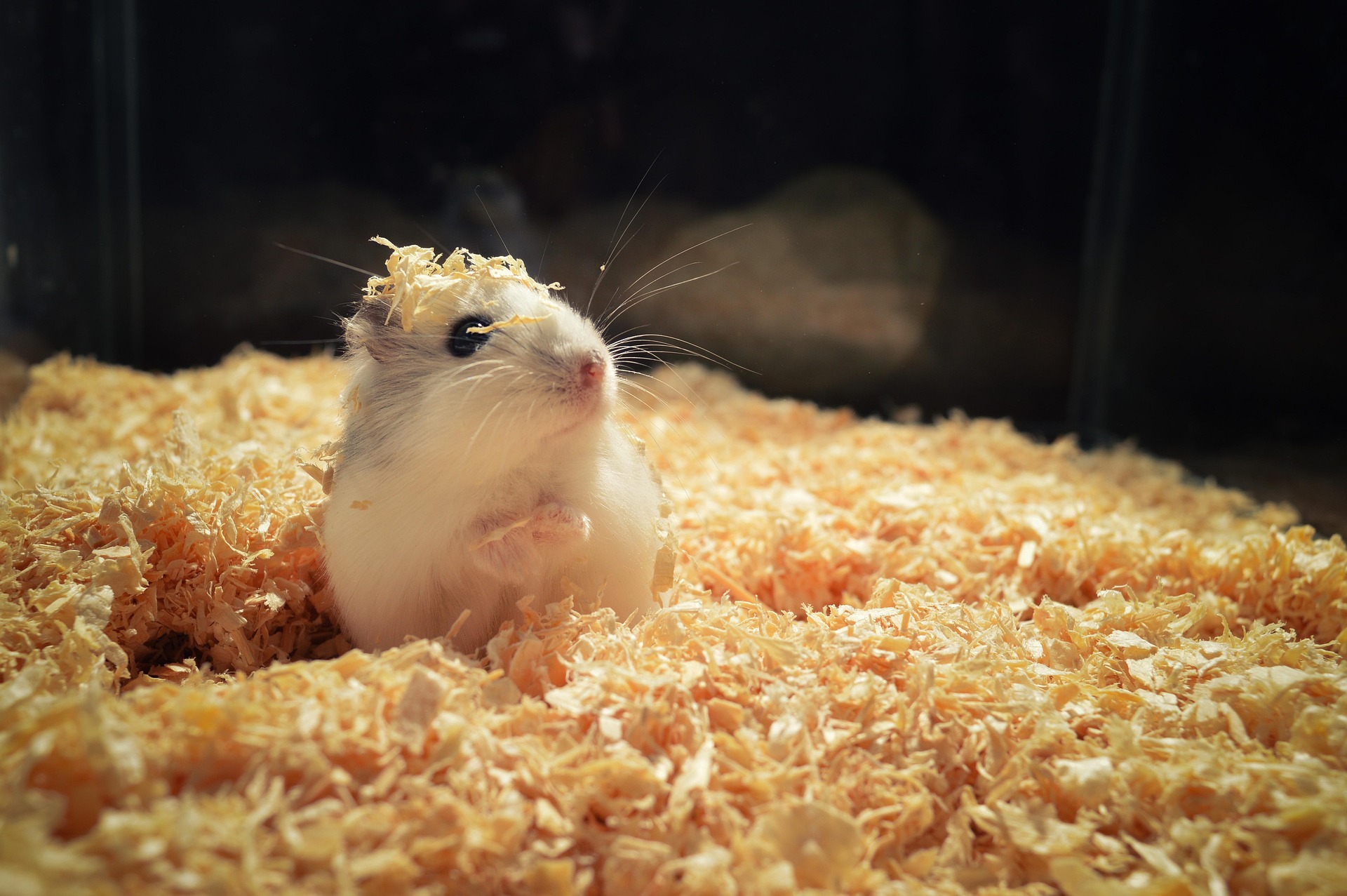A Short History of Pet Hamsters
Delve into the fascinating world of pet hamsters, unraveling the tapestry that comprises their history, hard-wired habits, and beloved status among pet owners across the United States.

Breeding European Beginnings
Hamsters belong to the rodent family and have been found in many parts of the world. However, their journey as cherished pets began in Europe around 1930 when a zoologist, Israel Aharoni, discovered a mother hamster along with her 11 young ones. Over the years, these small mammals emerged from their native environments to become familiar household companions, with millions now living in US homes.
Hamster Varieties and Their Distinct Traits
Today, there are several types of hamsters available for adoption. The most common types include the Syrian hamster, the Dwarf Campbell Russian hamster, the Dwarf Winter White Russian Hamster, the Roborovski Dwarf hamster, and the Chinese hamster – each bearing unique characteristics. Syrian hamsters, being solitary animals, are best suited to live alone. In contrast, Dwarf hamsters are more sociable, often thriving in small groups.
Current Trends in Hamster Ownership
Pet hamsters are gaining popularity in the US due to their minimal space requirements, low maintenance, and the companionship they offer—crucial factors for those residing in apartments with limited space. According to the American Pet Products Association (APPA), hamsters are the third most popular small pet in US households.
The Hamster Market Impact
The hamster-related pet care market is booming, selling a wide range of products from cages, wheel toys to specialized foods catering to their dietary needs. Estimates suggest the market size for small animal supplies, which includes hamster accessories, to be worth $1.73 billion in the US alone.
The Science Behind Hamster Wheels
Hamster wheels are a staple in hamster cage setups, facilitating physical activity and mental stimulation. Contrary to popular belief, hamsters run on these wheels out of instinct, closely mirroring their wild counterparts that often cover large distances in search of food. Hence, providing a wheel for your hamster is an important aspect of their overall well-being.
Hamsters are indeed captivating creatures that offer companionship without excessive demands. Their adoption not only gives them a comfortable home but also drives a substantial market that caters to their needs, making them an intriguing choice for prospective pet owners in the US. As a part of our households, we must strive to understand and satisfy their needs, ensuring their well-being and, in return, enjoying their unique charm.






